Dark Mofo 2017 (MONA)
Every winter for the last few years, Hobart has soaked itself in a shade of deep red and invited a mass of bodies to cavort and feast on its flesh for MONA’s annual winter arts festival of ‘darkness, light, birth, death, and renewal’, Dark Mofo. Therefore, the performance by Viennese artist Hermann Nitsch, where a similar thing happened to a freshly slaughtered bull, should have caused little fuss. And yet, of course, it did. Nitsch’s 150.Action was labelled ‘perverse’ by Hobart’s Mayor Sue Hickey, who, along with the Australian Christian Lobby, questioned the Tasmanian government’s decision to fund the event; Animal Liberation Tasmania started a petition, requesting an intervention from Hobart City Council, worried that it might ‘reflect badly on the core values and image this city strives to uphold’; and the usual chorus of commenters plied their outrage on social media, and pointed to it as yet another example of how artists and the ‘loony left’ were morally bankrupt. Regardless, a nonplussed Nitsch went about his gory business in front of a select audience, behind closed doors, and the sun came up the next day.
Continue reading for only $10 per month. Subscribe and gain full access to Australian Book Review. Already a subscriber? Sign in. If you need assistance, feel free to contact us.




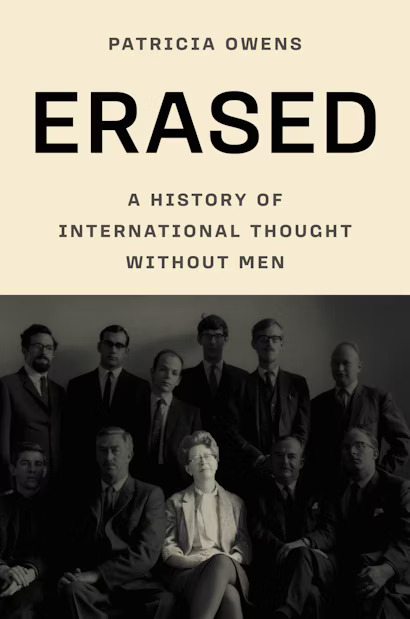
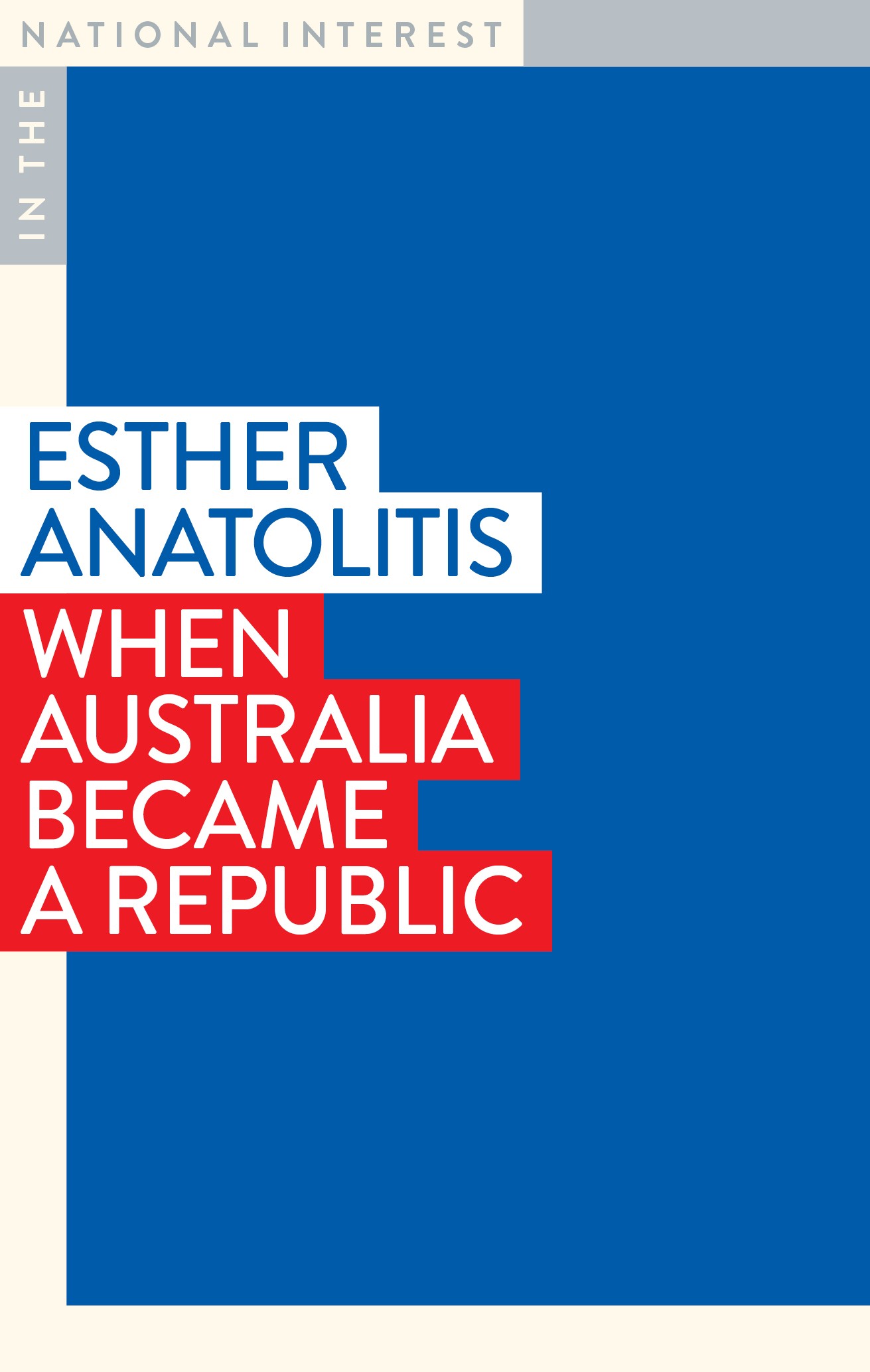
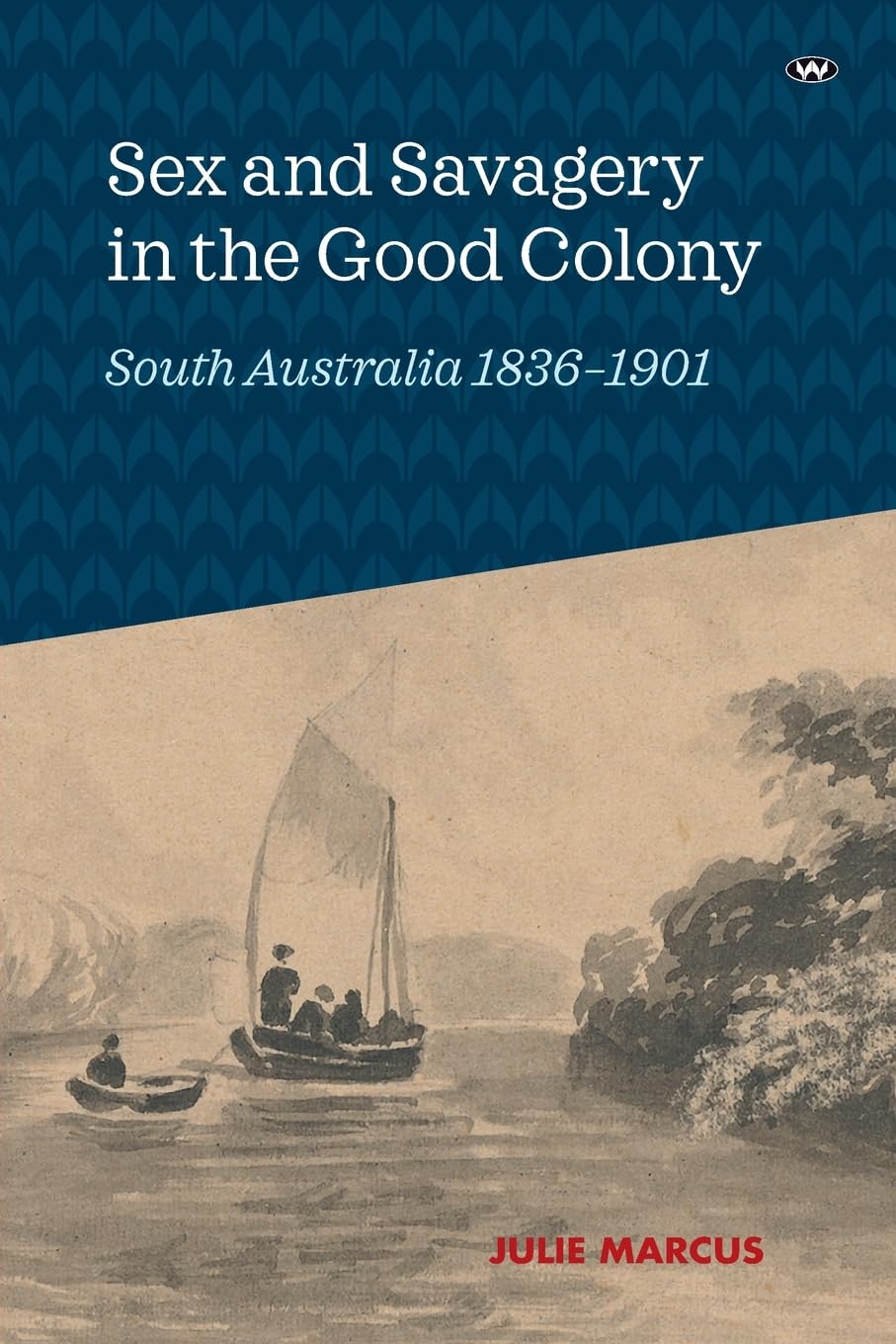
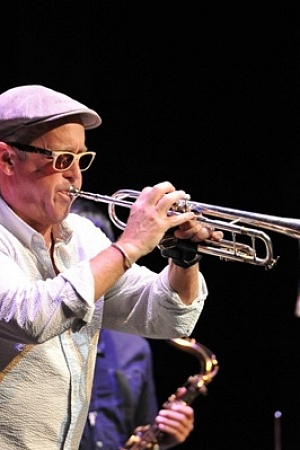
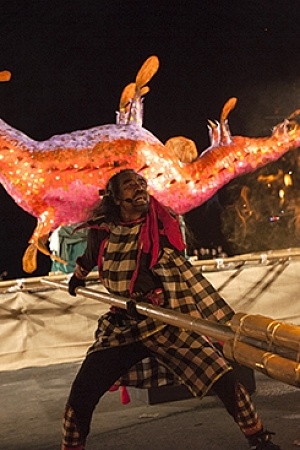
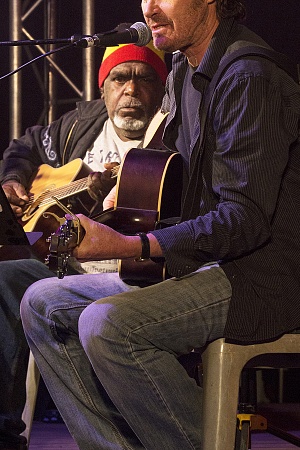
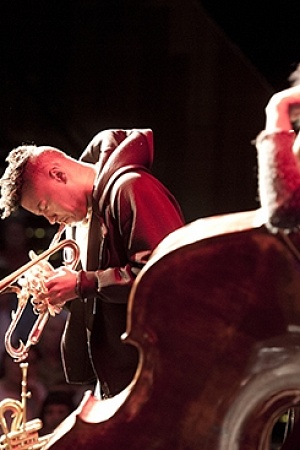
Leave a comment
If you are an ABR subscriber, you will need to sign in to post a comment.
If you have forgotten your sign in details, or if you receive an error message when trying to submit your comment, please email your comment (and the name of the article to which it relates) to ABR Comments. We will review your comment and, subject to approval, we will post it under your name.
Please note that all comments must be approved by ABR and comply with our Terms & Conditions.